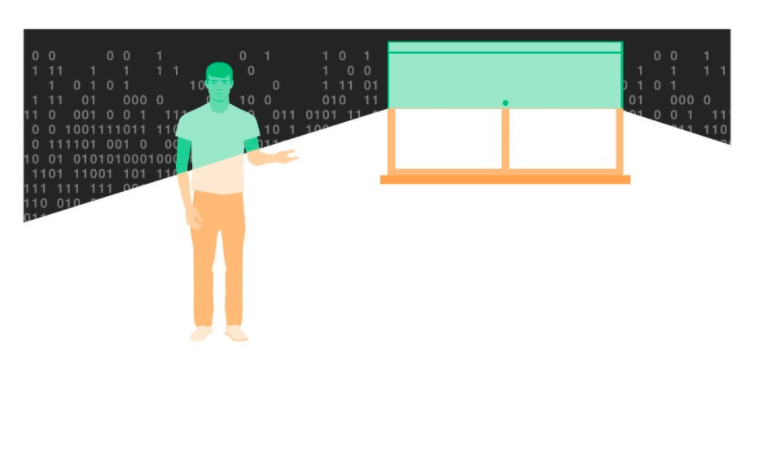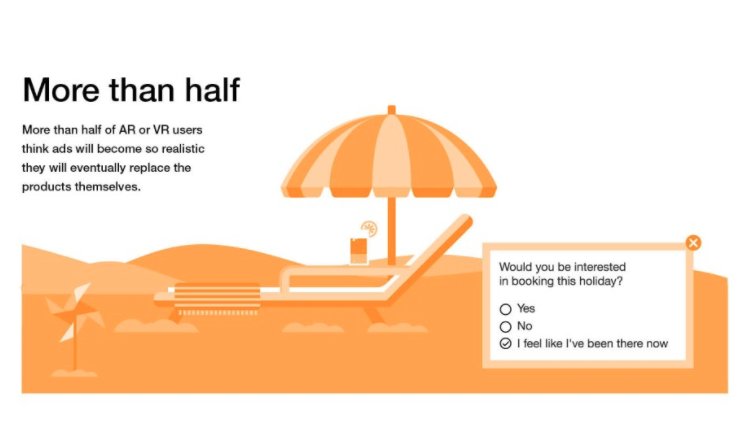
The new year that comes brings with it an even further development of human technology. In recent years, technologies such as Siri and Cortana, have been giving human attributes to technologies, such as sensations, feelings, personality and even empathy. That trend -is becoming rule among the industry giants and it seems to be likely to continue in the year that is just about to start.
Human beings have an inherent trait that impregnates every single action, thought or creation we do: our very unique humanity itself. It has been proved over the years that our incapacity of getting rid of it, is an impossible task.
A good example of this would be the development of technology. If we zoom in to the digital area we find out that even that abstract maths called algorithms follow the human logic and it has been written to become the more human-ish it is able to be.
At least, that is the prediction Ericsson ConsumerLab has made for the new year. They think that the time of humans knowing how to use devices is coming to an end as new AI development will turn the equation all the way around, the devices will know us.
In fact, due to new connectivity models that are about to be introduced, human-learning-devices will be boosted to a even higher level of interest and mass-distribution.
The recent report done by Ericsson, highlights how:
“With 5G, connectivity is set to become ubiquitous. This might sound simple, but it involves a huge technology upgrade; devices must be able to relay complex human interaction data to cloud-based processing, and respond intuitively within milliseconds. The Internet of Things (IoT) must provide interoperability between all devices, and allow for mobility. Network availability also needs to be maintained, so that devices do not suddenly go offline and lose their human-like capabilities.”
Said so, the new tech-trends for the year 2018 are full highly intelligent devices, augmented reality and human-friend technology. Here are some of the trends highlighted in Ericsson list, which resulted from a survey done to a group of consumers:
Trend 1. Your body is the user interface
Peripherals devices like keyboards and mouse are a thing of the past. It might be handy for some office and creative jobs but overall, they have being replaced by touchpad and tactile interfaces. Now next big thing is just about to come: direct interaction and a reliance on connectivity.
For example, the advanced internet users in Ericsson’s survey voted self-driving cars as the next tech gadget that people everywhere will eventually buy. This means not only the end of steering wheels and pedals, but also that cars will have to directly interact with pedestrians. How does someone waiting at a crossing know when they can go if there is no driver in the car to gesture to them?

Trend 2. Augmented hearing
Many smartphone makers are now abandoning the headphone jack in favour of digital multi-function ports, in a way forcing consumers to seek out wireless alternatives instead.
This means when consumers are upgrading their phones they also need to upgrade their earphones. And just as people expect new functions in a phone, it turns out that they expect new functions in earphones too. Today, earphones are already used not only to enable sounds but also to block them out. For example, noise-cancelling functionality has been serving this dual purpose for some time.
In fact, earphones that let you select which people in a room you want to hear clearly, and which people you want to mute, will be mainstream in only three years.
But the most The most anticipated functionality for such earphones is real-time translation of all languages, desired by 63 percent of respondents in a recent survey. But 52 percent also want to block out the sound of snoring family members in order to sleep.
Trend 3. Uncanny communication
Although people quite easily assign human characteristics to toys, phones and pets, we can quickly become suspicious if the objects become too human-like. The fact that researchers are now creating AI-enabled robots that mimic human expression down to the slightest detail may not necessarily improve our aversion to things pretending to be human.
Most likely, the smartphone is the first device that will expose consumers to these issues. Today, we already use biometric data, such as fingerprints or even facial recognition, to unlock the screen. But if the smartphone were to use such information interactively, many will feel uneasy; In Ericsson’s report almost half of consumers said they would be spooked out by a smartphone that constantly watches their face. And as many as 40 percent say that it would be spooky if their smartphone sees when they are happy, sad or bored and responds accordingly.
Trend 4. Intelligent ads
Consumers have a love-hate relationship with advertising. This tension will remain, as the online advertising industry will certainly jump at the chance to create more direct interaction with consumers. Simultaneously, consumers themselves also see an opportunity to employ cutting-edge tech to make ads less invasive. For instance, 6 in 10 want to employ AI to block out online ads.
In the years to come, ads using augmented reality (AR) and virtual reality (VR) will gain app-like functionality and could in essence turn into free versions of the products or services themselves. For this reason, more than half of current AR or VR users think ads will eventually replace the products being advertised. For example, you might experience a beach destination in a VR ad and realize you do not need the actual vacation anymore.
In fact, more than half of AR or VR users think ads will become so realistic they will eventually replace the products themselves.

Trend 5. The charged future
There are of course many aspects to how we will power our hyper-connected lives. Sustainability of resources might be one reason why consumers now rate electricity as the most popular energy source.
For many consumers, their smartphone’s battery doesn’t last a day without dying, and 71 percent want long-lasting batteries that they don’t need to worry about charging. The same percentage of respondents also want batteries you can fully charge in minutes, just in case. Consumers have been asking for batteries such as these for years, but now more than 80 percent of respondents believe they will be mainstream in only 5 years. One in two even thinks charging batteries using radio signals in the air around us will be commonplace in only three years.

Hernaldo Turrillo is a writer and author specialised in innovation, AI, DLT, SMEs, trading, investing and new trends in technology and business. He has been working for ztudium group since 2017. He is the editor of openbusinesscouncil.org, tradersdna.com, hedgethink.com, and writes regularly for intelligenthq.com, socialmediacouncil.eu. Hernaldo was born in Spain and finally settled in London, United Kingdom, after a few years of personal growth. Hernaldo finished his Journalism bachelor degree in the University of Seville, Spain, and began working as reporter in the newspaper, Europa Sur, writing about Politics and Society. He also worked as community manager and marketing advisor in Los Barrios, Spain. Innovation, technology, politics and economy are his main interests, with special focus on new trends and ethical projects. He enjoys finding himself getting lost in words, explaining what he understands from the world and helping others. Besides a journalist, he is also a thinker and proactive in digital transformation strategies. Knowledge and ideas have no limits.




























